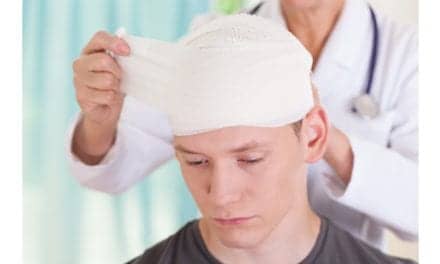Reaching full, adult height at an older age may be correlated with riskier landing biomechanics and a higher susceptibility for ACL injury in young men, according to a new study, published in Orthopaedic Journal of Sports Medicine.
In a cross-sectional study, researchers from the departments of kinesiology and health and orthopedic and plastic surgery at Wright State University analyzed 21 recreationally active men (aged 20 to 33 years) for knee kinematics and age at adult height.
After taking participants’ anthropometric measurements, researchers administered six drop vertical jump (DVJ) tests, recording sagittal and frontal plane knee kinematics and kinetics during contact, according to the study, a media release from Healio Orthopedics explains.
“In both limbs, age at achieving adult height was significantly negatively correlated with knee flexion/extension angle at toe-off and with peak flexion and extension angles during contact,” the researchers write in the study. “In the nondominant limb, age at adult height was significantly negatively correlated with varus/valgus angle at initial contact, and toe-off and was positively correlated with peak varus moment during contact. Age at adult height was also positively correlated with peak vertical ground-reaction force,” they continue.
Riskier Landing Profiles Increase ACL Risk
Men with longer pubertal growth may be at higher risk for ACL injury due to their riskier landing profiles, the researchers conclude. However, they considered their results to be “hypothesis generating more than a demonstration of clear support for a particular hypothesis,” they write.
Still, researchers note that the results are an important first step in demonstrating the relationships between age at adult height, growth outcomes and DVJ biomechanics.
[Source: Healio Orthopedics]
Related Content:
Enhanced Milestone-Based Rehabilitation After ACL Surgery Could Offer Cost Benefits for Insurers
Try This to Help Prevent Loss of Muscle Strength Post-ACL Reconstruction, Per HSS
Add This to ACL Rehab To Help Improve Physical Therapy Outcomes





